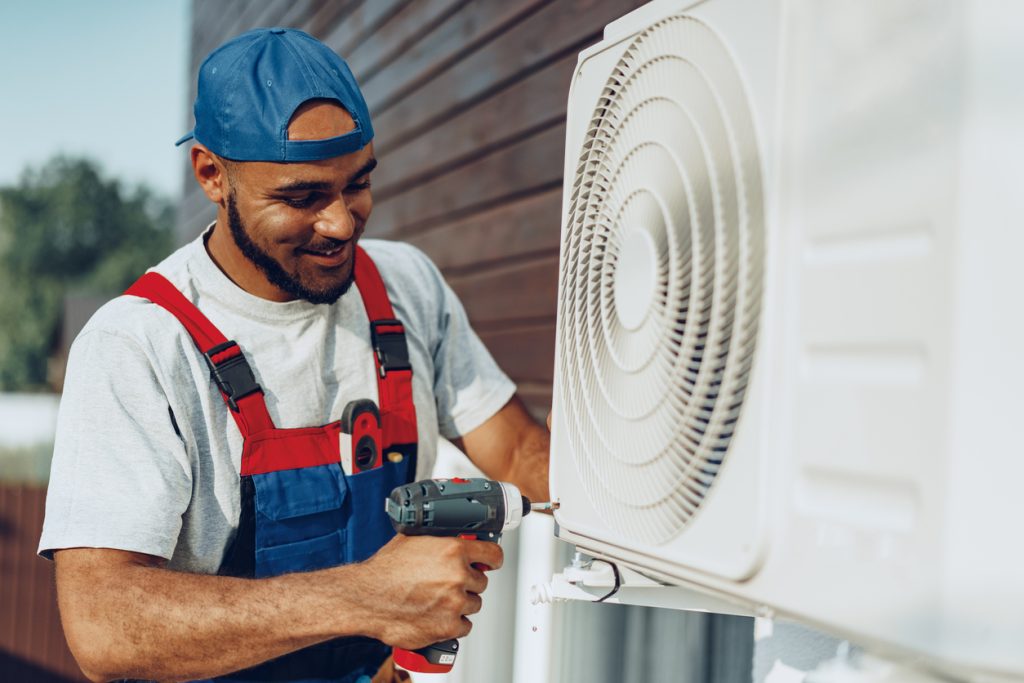Properly maintained HVAC equipment has a lifespan usually not exceeding 20 years. In its early life, spanning the first seven years, the equipment performs at its best. However, after hitting 10, breakdowns and repairs become rampant, with the energy bills rising to unexpected highs. While upgrading your HVAC system before it serves you for two decades may seem premature, it can save you money and unnecessary stress.
Energy Efficiency
Two decades ago, top-tier HVAC systems’ Seasonal Energy Efficiency Rating (SEER) averaged between six and eight. The lowest permissible SEER rating for the latest heating and cooling equipment is 14. Therefore, if you replace your two-decade-old machine today, you’ll cut your energy consumption by a noteworthy percentage. For instance, if your current machine has a SEER rating of eight and you upgrade to a machine with a SEER rating of 15, you can cut your yearly energy bills by approximately 40%.
Better Serviceability
Heating and cooling equipment of the 1990s and early 2000s used R-22 as the standard refrigerant. Besides being unfriendly to the ozone layer, this refrigerant is now quite expensive and difficult to acquire. Today, the EPA has phased out the production and sale of this refrigerant, replacing it with more economical and eco-friendly options such as R-410A and R-134A. The new versions of HVAC refrigerants are made of readily available materials, which makes them cheaper. Therefore, when you upgrade to a 21st-century model heating and cooling system, you’ll save a lot on maintenance and service costs.
Reduced Repair Costs
HVAC machines become more susceptible to breakdowns and component failure as they age. At 15, the machine’s integral components have exhausted most of their useful life. You’ll find that you’re frequently calling a technician to replace the filters, unclog the ducts, replace and adjust the thermostat, refill the fluid, and check for damaged motors. Buying all-new components may look like a viable option until you compare that to the cost of a brand-new machine.
Tax Incentives and Rebates
Upgrading to an HVAC system that ticks all EPA-recommended energy-efficiency requirements opens another way for you to save money. You become eligible for municipal, state, or federal tax credits of up to 30%. In some states, tax rebates can cover about 40% of the initial equipment cost. Check with your heating and cooling equipment provider and the local utility company to learn more about active incentive and rebate programs for high-efficiency HVAC systems.
Maintain your newly installed HVAC equipment at peak performance by scheduling routine maintenance with HVAC technicians you know and trust. For HVAC repair and upgrade services in College Station, TX, simply contact our skilled and conscientious team at Cover HVAC.




